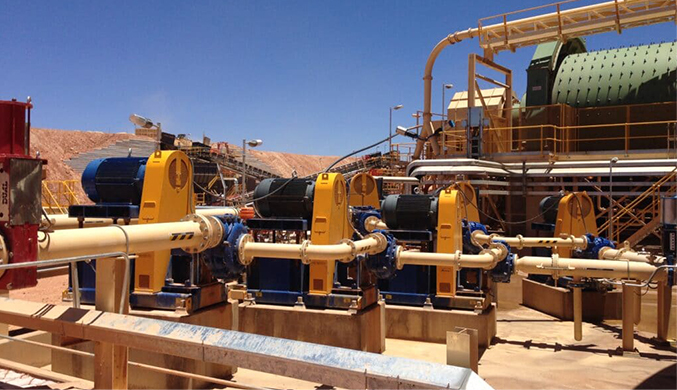English
- Afrikaans
- Albanian
- Amharic
- Arabic
- Armenian
- Azerbaijani
- Basque
- Belarusian
- Bengali
- Bosnian
- Bulgarian
- Catalan
- Cebuano
- Corsican
- Croatian
- Czech
- Danish
- Dutch
- English
- Esperanto
- Estonian
- Finnish
- French
- Frisian
- Galician
- Georgian
- German
- Greek
- Gujarati
- Haitian Creole
- hausa
- hawaiian
- Hebrew
- Hindi
- Miao
- Hungarian
- Icelandic
- igbo
- Indonesian
- irish
- Italian
- Japanese
- Javanese
- Kannada
- kazakh
- Khmer
- Rwandese
- Korean
- Kurdish
- Kyrgyz
- Lao
- Latin
- Latvian
- Lithuanian
- Luxembourgish
- Macedonian
- Malgashi
- Malay
- Malayalam
- Maltese
- Maori
- Marathi
- Mongolian
- Myanmar
- Nepali
- Norwegian
- Norwegian
- Occitan
- Pashto
- Persian
- Polish
- Portuguese
- Punjabi
- Romanian
- Russian
- Samoan
- Scottish Gaelic
- Serbian
- Sesotho
- Shona
- Sindhi
- Sinhala
- Slovak
- Slovenian
- Somali
- Spanish
- Sundanese
- Swahili
- Swedish
- Tagalog
- Tajik
- Tamil
- Tatar
- Telugu
- Thai
- Turkish
- Turkmen
- Ukrainian
- Urdu
- Uighur
- Uzbek
- Vietnamese
- Welsh
- Bantu
- Yiddish
- Yoruba
- Zulu
Telephone: +86 13120555503
Email: frank@cypump.com
Sep . 12, 2024 05:35 Back to list
Sewage Ejector Pump - Efficient Waste Management Solutions
Understanding Sewage Ejector Pumps Essential Components for Wastewater Management
Sewage ejector pumps play a critical role in modern wastewater management systems, particularly in homes and buildings that are situated below the municipal sewage line. These powerful pumps are designed to handle the movement of sewage and wastewater from lower to higher elevations, ensuring that it can be properly directed to the treatment system.
What is a Sewage Ejector Pump?
A sewage ejector pump is a type of submersible pump that is specifically designed to move wastewater that contains solids, such as human waste and other domestic sewage. Unlike standard sump pumps, which handle water only, sewage ejector pumps have the capability to grind and manage solid waste material, thereby preventing clogs and blockages in the plumbing system.
How Does It Work?
The operation of a sewage ejector pump is straightforward yet highly effective. When wastewater enters the pump basin, it is usually a mixture of liquids and solids. The pump is equipped with a float switch that detects the rising water level. Once the water reaches a certain threshold, the float switch activates the pump. The pump’s impeller begins to rotate, drawing in the waste and grinding any solids down to a slurry. This process enables the pump to efficiently move the waste through a discharge pipe to either a septic system or the main sewer line.
Key Components of Sewage Ejector Pumps
1. Motor The electric motor provides the power needed to operate the pump. Motors are typically designed for durability and can withstand exposure to wastewater.
sewage ejector pump

2. Impeller The impeller is the component that moves the wastewater. It is designed to handle solids sufficiently, ensuring that blockages are minimized.
3. Float Switch This crucial component detects the water level in the basin and activates the pump when necessary.
4. Discharge Pipe This pipe carries the waste from the pump to the disposal system, which can be either a sewer line or a septic tank.
Why Are They Important?
Sewage ejector pumps are particularly important in locations where the plumbing fixtures are situated below the sewer line. Without these pumps, wastewater would accumulate and create significant sanitation issues, leading to health hazards and unpleasant odors. Additionally, they play a vital role in ensuring that homes without direct access to sewer systems can still manage waste effectively.
Maintenance and Considerations
Regular maintenance of sewage ejector pumps is essential for optimal performance. Homeowners should routinely check the pump for any signs of wear and tear, ensure that the float switch is functioning properly, and inspect the discharge line for any potential blockages. It’s also advisable to have a professional inspect the pump periodically to ensure its longevity and efficiency.
In conclusion, sewage ejector pumps are indispensable components in the efficient management of residential and commercial wastewater. By understanding their function, importance, and maintenance requirements, users can ensure that their sewage systems operate smoothly, contributing to better hygiene and environmental management.
-
Horizontal Split Case Pump with GPT-4 Turbo | High Efficiency
NewsAug.01,2025
-
ISG Series Pipeline Pump - Chi Yuan Pumps | High Efficiency, Durable Design
NewsAug.01,2025
-
Advanced Flue Gas Desulfurization Pump with GPT-4 Turbo | Durable & Efficient
NewsJul.31,2025
-
ISG Series Vertical Pipeline Pump - Chi Yuan Pumps | Advanced Hydraulic Design&Durable Construction
NewsJul.31,2025
-
ISG Series Vertical Pipeline Pump - Chi Yuan Pumps | Energy Efficient & Low Noise
NewsJul.31,2025
-
pipeline pump - Chi Yuan Pumps Co., LTD.|High Efficiency&Low Noise
NewsJul.31,2025










